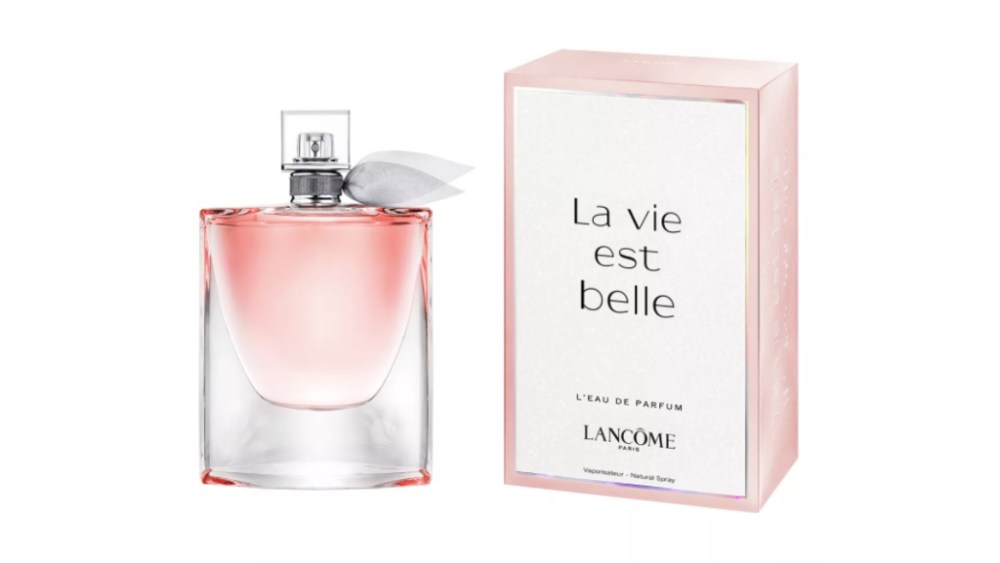The lifestyle label earned an overall score of 85.7, clearing the 80-point qualification threshold to join the community of companies using business as a “force for good.”
Combined with Faherty’s 1% for the Planet membership, the family-led brand joins the “exclusive ranks” of “B1” companies — a movement initiated in 1999 by Patagonia founder Yvon Chouinard that consists of about 250 organizations that are both verified B Corps and 1% for the Planet members. For context, of the nearly 12,000 companies participating in one or the other, only 2 percent boast this dual status.
You May Also Like
“We’ve essentially been operating the business as if we were a B Corp, in terms of mindset, and once you become a member there’s just this level of integrity and accountability that brands have to continue to maintain,” Kerry Docherty, cofounder and chief impact officer, told WWD sister publication Sourcing Journal. “I guess there’s not as many brands that do both.”
In celebration of achieving such status, the firm dropped its inaugural impact report, detailing its progress in social and environmental initiatives as well as forward-looking sustainability goals.
“As a family business, our values are woven into every garment we make,” Docherty said. “We are dedicated to continual improvement — working with innovative and climate-focused, lower-impact materials, making responsible supply chain decisions and crafting products that prioritize quality and purpose over profit. In an industry known for extraction, we’re committed to partnerships that share our vision for a sustainable future.”
The report outlines five “big goals,” each with 2025 and 2030 targets. On the materials front, Faherty wants 80 percent of its fibers (by total weight) sourced in 2025 to be responsible materials, as influenced by Textile Exchange, hoping to hit 100 percent by 2030. Supplier transparency’s 2025 goal is 100 percent of its Tier 1 and 2 suppliers connected with Faherty on the Retraced platform, with a 2030 goal of full traceability for key products and materials across all supply chain tiers.
The Fashion Act supporter also plans to bolster its existing Second Wave resale platform with a take-back program by 2025 and scale up the Archive-powered program to serve as an alternative — and lucrative — option instead of buying new.
“The take-back will be in our stores, and then we will ship that to Tersus,” Docherty said, noting that Archive is the platform and the cleaning technology group serves as the operational partner. “We’ve already started to test it in some of our stores and we’re really excited to expand it — it’s been wildly successful. We hit over $1 million in sales in our first year, we’re able to reach a different demographic and our ongoing customers love it because they’re able to get straight up cash or credit for future goods.”
On the topic of circularity, cofounder and creative director Mike Faherty led the brand in taking its first step into circular materials with a collection done in partnership with Circulose, made entirely from textile waste. The early Renewcell supporter plans to expand the initiative further next spring.
“We’ve been committed to [Circulose] since they launched; the more brands that start to utilize the material, the better for all of us,” Docherty said. “We have a few styles for fall, and then for spring/summer 2025, there will be eight women’s styles, so increasing three times by season. We’re just going to continue to incorporate Circulose into our materials as each season progresses.”
Also highlighted in the report was Faherty’s commitment to elevating Native and Indigenous artworks and designs.
Since 2017, Faherty has collaborated with six Native artists and designers on collections celebrating Native culture in attempts to end cultural appropriation in fashion and return resources to Native communities. Each season, Faherty releases a collection designed by its Native partners. The FabScrap partner also teamed with the Global Fashion Agenda and BBC Storyworks on “Fashion Redressed,” which highlighted Faherty’s collaboration with Lehi Thunder Voice Eagle and Thunder Voice Eagle Hat Co.
“We are committed to ending Native appropriation in fashion,” Docherty said in the report. “When you know better, you do better, and the industry knows that the use of Native-inspired prints that don’t benefit Native communities is exploitative.”



